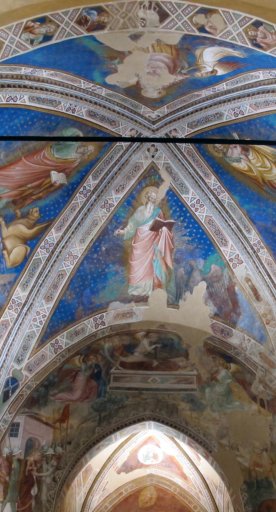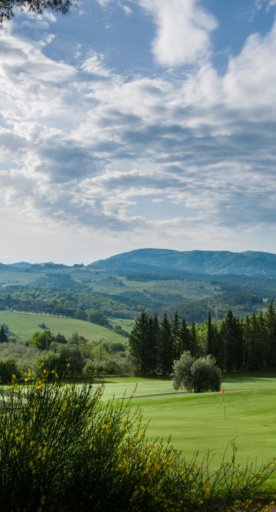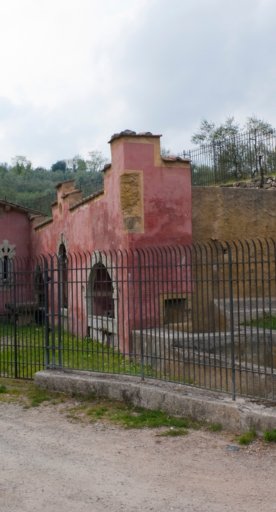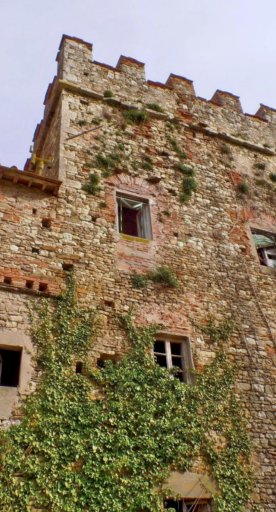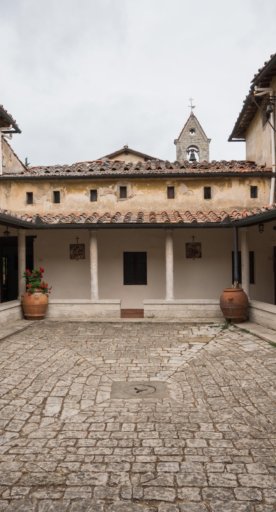Parish Church of San Donnino in Villamagna
Histories and hidden treasures of a Romanesque parish church
The Parish Church of San Donnino in Villamagna, within the territory of Bagno a Ripoli, dates back to the 8ᵗʰ century, although the present building can be traced to a later reconstruction in the Romanesque period.
Despite its ecclesiastical role, by the mid-13ᵗʰ century, the parish was in modest economic condition, as attested by a taxation of just 13 lire in 1276. Despite this, a chapter of priests resided there with the task of administering five suffragan churches.
During the 14ᵗʰ century, major renovations were undertaken, including the 1394 commission to Mariotto di Nardo of a polyptych intended for the altar.
The next century saw the enrichment of the interior with a new altar dedicated to Saint Michael.
Patronage of the parish was entrusted directly to the parishioners who, in 1640, promoted the construction of the Chapel of the Compagnia di San Donnino and supported a restoration project mainly focused on the façade.
A further significant restoration campaign took place in 1930, with the aim of restoring the building’s original style by removing the Baroque adornments added in the 17ᵗʰ and 18ᵗʰ centuries.
On the right side of the church stands an elegant bell tower, characterized by three orders of mullioned windows and topped by a belfry added in more recent times.
The interior preserves valuable evidence of the parish’s artistic history.
In the right aisle is a triptych by Mariotto di Nardo, dated 1395 and depicting the Virgin and Child surrounded by angels and twelve saints, including Saint Donnino—recognizable as a horseman accompanied by a dog—and Blessed Gherardo da Villamagna whose remains are enshrined in the church.
The same figures likewise appear in a painting attributed to Villamagna local Francesco Granacci, here seen kneeling beside the Madonna.
Also in the same nave is an altarpiece depicting the Madonna Enthroned with Saints John the Baptist, Nicholas, Michael and Donnino, attributed to the Ghirlandaio School.
The pictorial decorations of the altar are the work of the Maestro di Signa, who frescoed the lunette with the Nativity Scene, the antependium with Christ in Piety and God the Father, along with the intrados of the arch with the Evangelists and Holy Martyrs.




